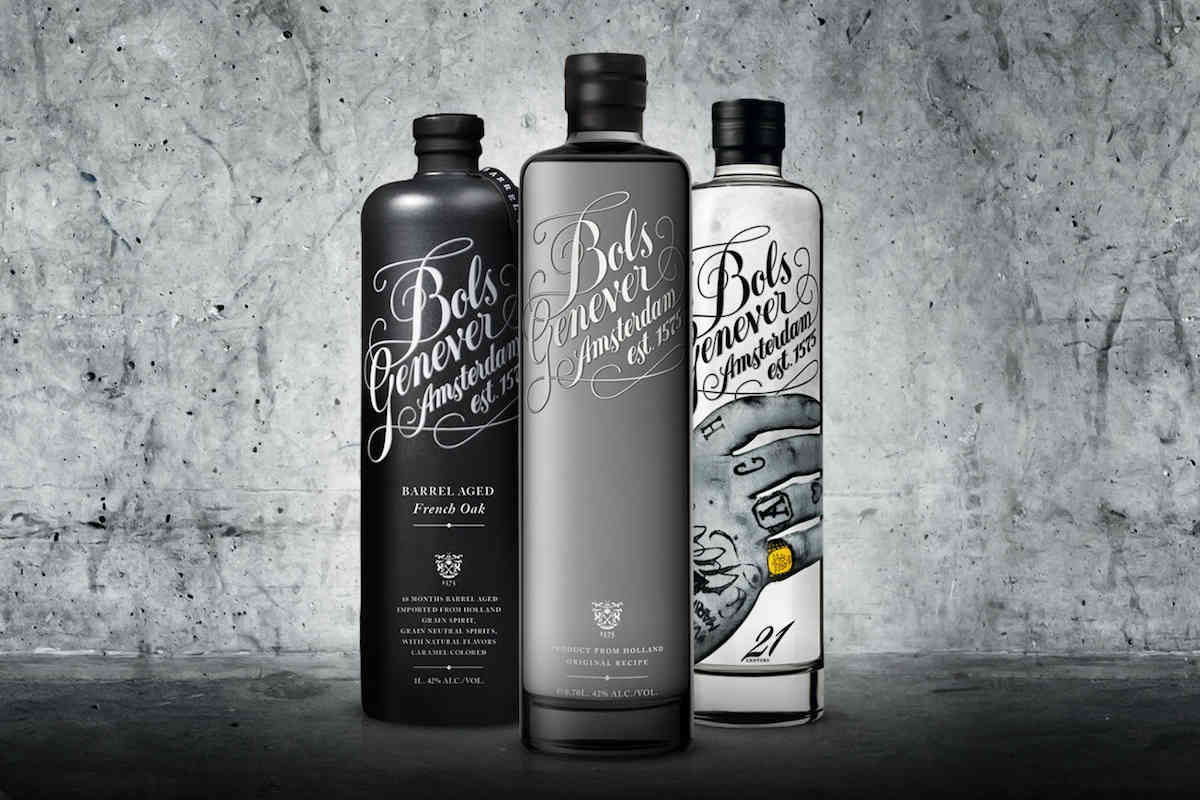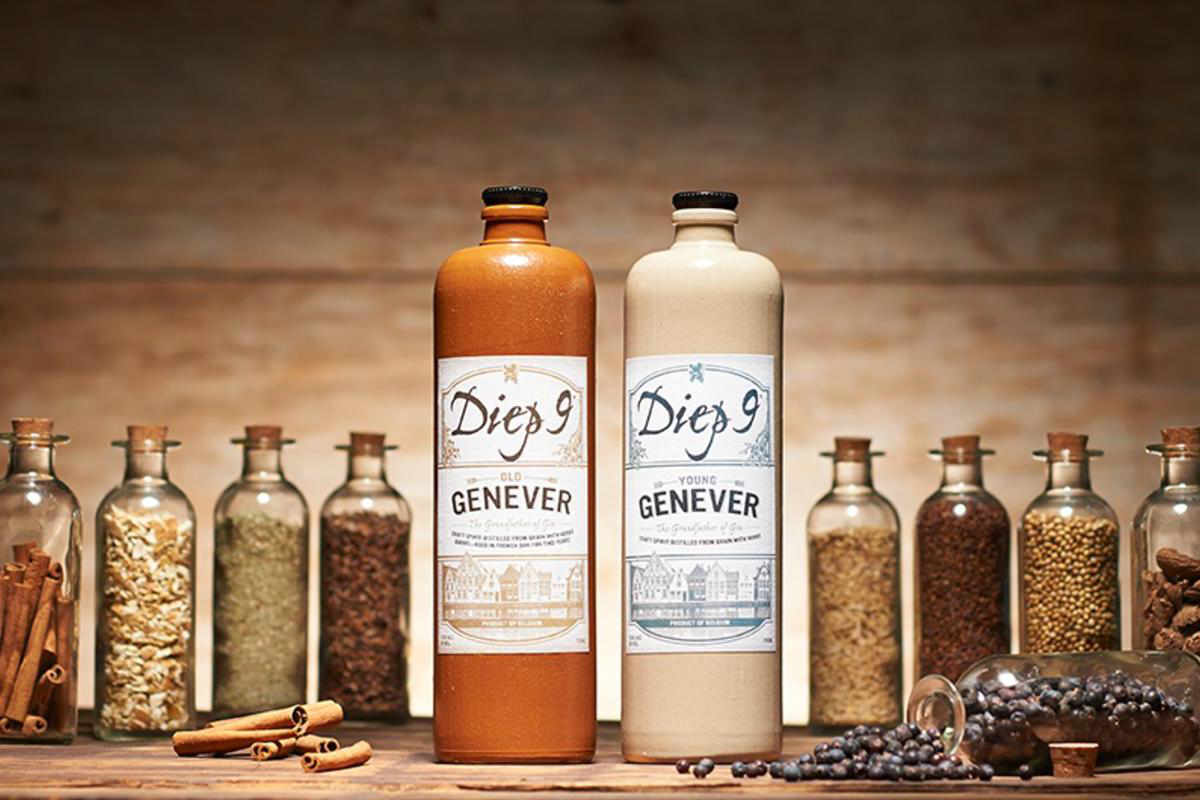Few drinkers are unfamiliar with gin, but genever remains a mystery to many. Even seasoned gin drinkers can have a hard time defining genever—which is actually gin’s precursor—partly due to its relatively limited stateside availability.
To clear up that blind spot, we’re breaking down the basics of gin and genever in this handy cheat sheet. The more you know…
What Is Gin?
Gin is a spirit that derives its main flavor from juniper. It may also be distilled, redistilled, or compounded with a wide range of other flavoring botanicals. There are subcategories of gin that are defined by their technique, such as London Dry Gin or Old Tom Gin, and gins that are defined by their place or origin, such as Plymouth Gin.
Gin Basics
- Gin is distilled, redistilled, or compounded from neutral grain spirits.
- Juniper must be its central flavoring agent.
- According to U.S. Law, gin must be bottled at a minimum of 80 proof.
- Distilled gins are distilled with juniper and an original, not-yet-distilled mash.
- Redistilled gins are distilled with juniper and a previously distilled neutral grain sprit.
- Compounded gins are mixed with juniper and a previously distilled neutral grain spirit.
- Distilled, redistilled, and compounded gins may all be labeled as “gin.”
- Distilled and redistilled gins may be labeled as “distilled,” and compounded gins may not.
What Is Genever?

Bols Genever. Photo: Lucas Bols.
Genever is an alcoholic spirit that is pot distilled from malt wine and flavored by botanicals that must include juniper, although juniper does not have to be the main flavor. The “malt wine” used to make genever is not a wine, but rather a mixture of rye, wheat, and malted barley.
The word “gin” itself is an Anglicization of “genever,” the Dutch word for juniper. Genever arose in the Low Countries during the 16th century, and today its production is limited to Belgium, the Netherlands, and parts of Germany and France due to E.U-enforced Appellation d’Origine Contrôlée (AOC) laws. Two sub-categories of genever, jonge (young) and oude (old), can only be made in Belgium or the Netherlands. If you want to try a bottle for yourself, Bols Genever is likely your best bet, as it enjoys the most shelf space in the States.
Genever Basics
- Genever is pot distilled from malt wine and flavored with juniper.
- Unlike gin, juniper does not have to be genever’s main flavoring agent.
- Per E.U. law, genever can only be produced in Belgium, The Netherlands, the French departments of Nord and Pas-de-Calais, and the German states of Lower Saxony and North-Rhine Westphalia.
- “Oude genever” must contain a minimum of 15 percent malt wine and no more than 20 grams of sugar per liter, and can only be made in Belgium or the Netherlands.
- “Jonge genever” cannot exceed a maximum of 15 percent malt wine and 10 grams of sugar per liter, and can only be made in Belgium or the Netherlands.



